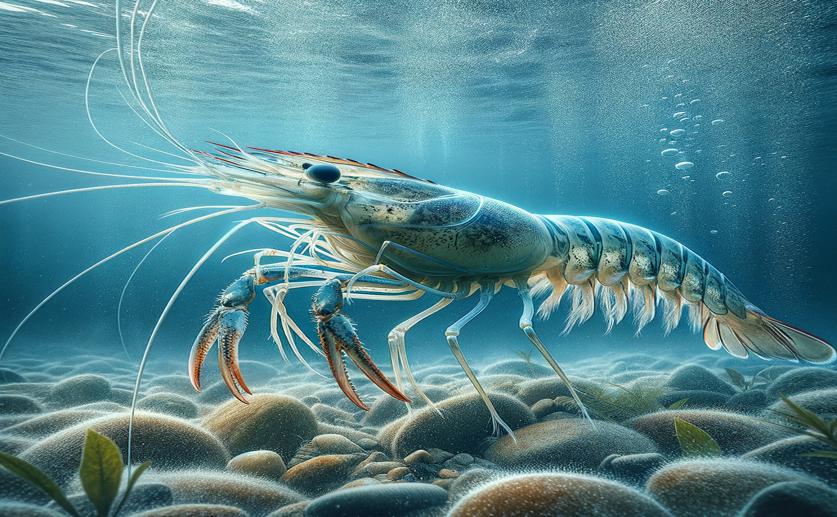
How Alkaline Water Affects the Gills of River Prawns
Jim Crocker
7th August, 2024

Image Source: Natural Science News, 2024
Key Findings
- The study focused on the oriental river prawn, Macrobrachium nipponense, and its response to alkali treatment
- Alkali treatment increased antioxidant enzymes like malondialdehyde, glutathione, and glutathione peroxidase in the prawn's gills
- High alkali concentrations (above 8 mmol/L) damaged gill membranes and hemolymph vessels, impairing respiratory functions
BiochemAnimal ScienceMarine Biology
References
Main Study
1) Identification of the effects of alkalinity exposure on the gills of oriental river prawns, Macrobrachium nipponense
Published 6th August, 2024
https://doi.org/10.1186/s12864-024-10659-7
Related Studies
2) Transcriptome and expression profiling analysis of Leuciscus waleckii: an exploration of the alkali-adapted mechanisms of a freshwater teleost.
3) Transcriptome analysis of androgenic gland for discovery of novel genes from the oriental river prawn, Macrobrachium nipponense, using Illumina Hiseq 2000.



 26th June, 2024 | Greg Howard
26th June, 2024 | Greg Howard